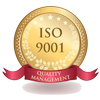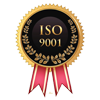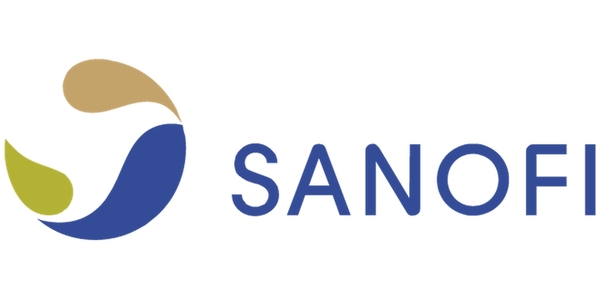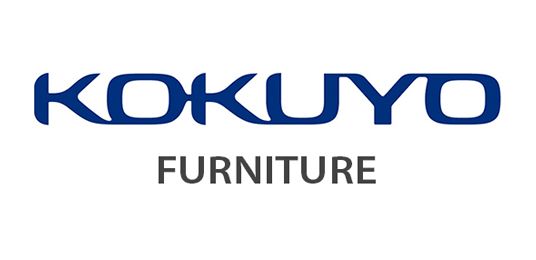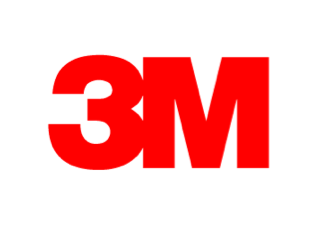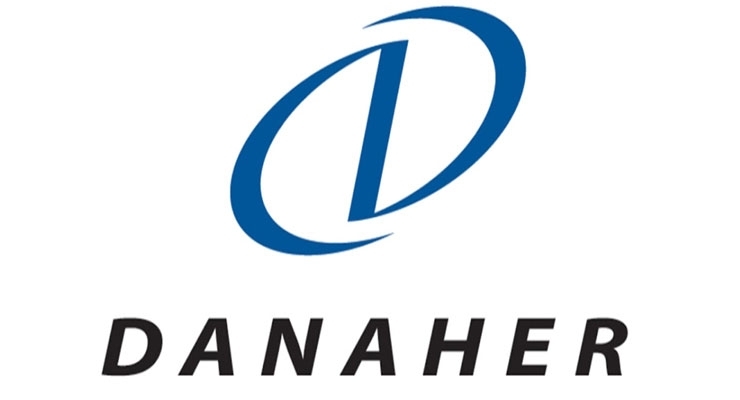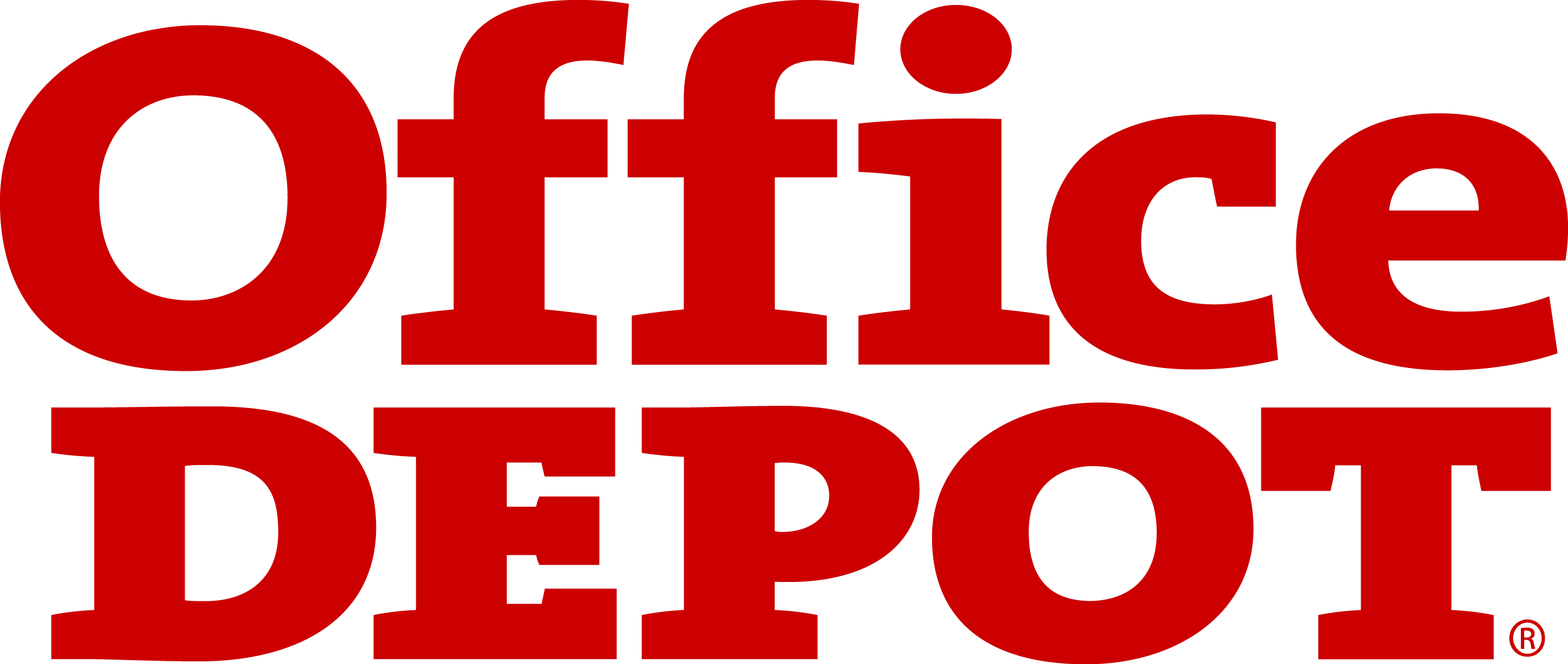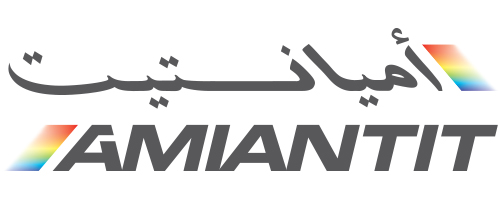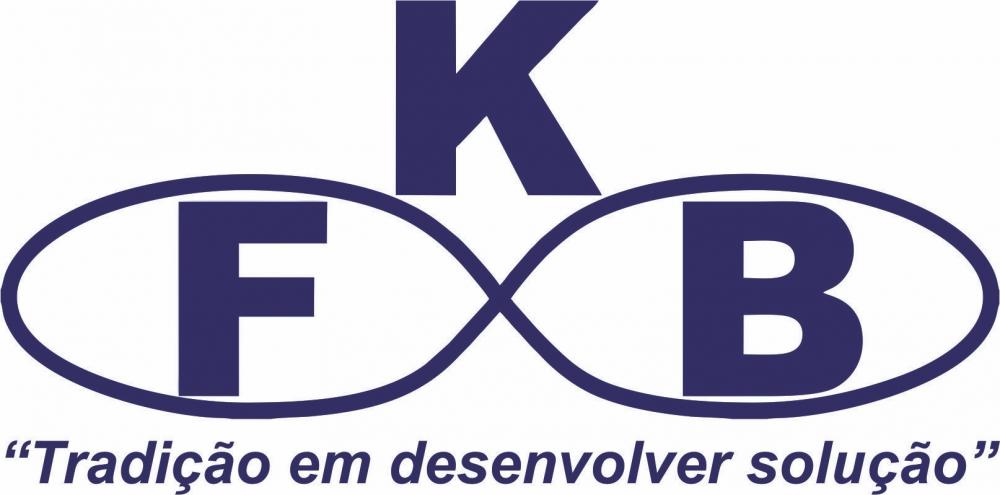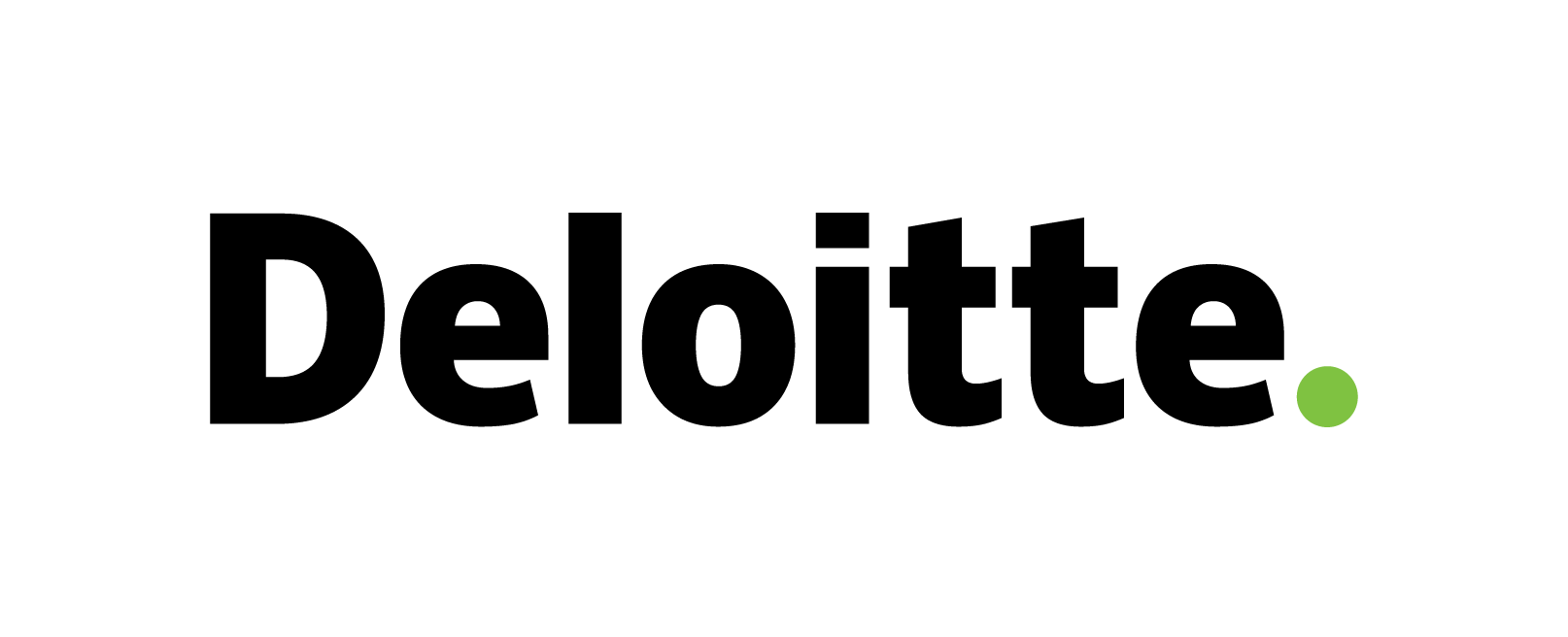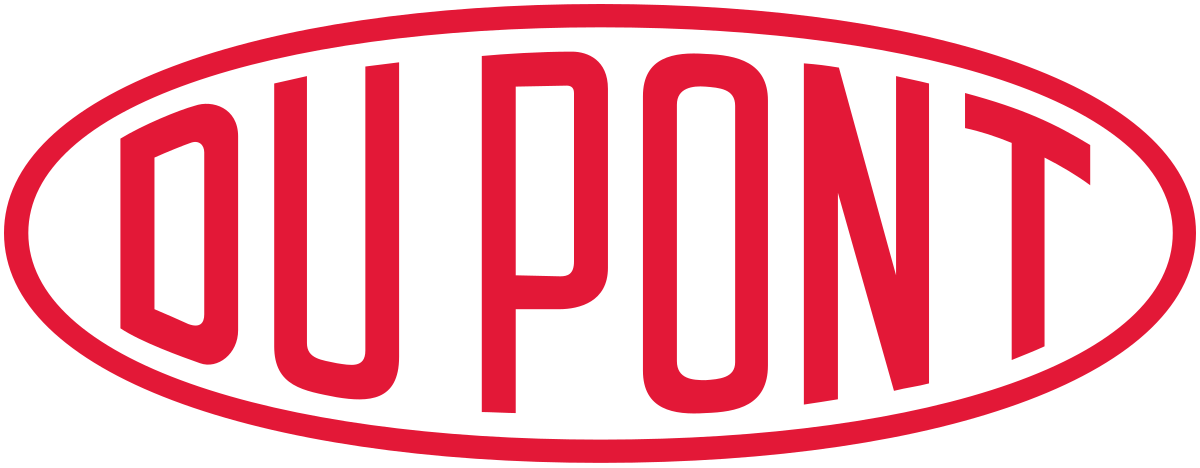Organic Baby Food Market Size, Share, Trend And Future Outlook 2032
Organic Baby Food Market
Organic Baby Food Market is segmented by Type, Distribution Channel, and by Region. KDMI analyst foresees market revenue to cross USD 13.30 Billion by 2032 by growing with a CAGR of 13.1% during 2024-2032.
Organic Baby Food Market Highlights
The global organic baby food market is expected to cross a value of USD 13.30 billion by the end of 2032. The market was valued at USD 5.14 billion in 2023 and is expected to expand at a CAGR of 13.1% between 2024-2032.
- Over the mid-term, the growing awareness among parents about the importance of nutrition for infant health is the primary factor anticipated to drive the global organic baby food market.
- The high cost of organic food products is a major factor to challenge the market growth.
- The Asia Pacific organic baby food market is projected to dominate the global market.
Organic Baby Food Market: Report Scope |
|
|
Base Year |
2023 |
|
Base Year Market Size |
USD 5.14 Billion |
|
Forecast Year |
2024-2032 |
|
Forecast Year Market Size |
USD 13.30 Billion |
|
CAGR Value |
13.1% |
|
Organic Baby Food Market Key Trends/Major Growth Drivers |
|
|
Restraint Factors |
|
|
Organic Baby Food Market Segmentation |
|
|
Organic Baby Food Market Key Players |
Abbott Laboratories, Nestlé SA, Hero Group, Danone SA, Amara Organics, Sun-Maid Growers of California, North Castle Partners LLC, Groupe Lactalis, Hipp Gmbh & Co., The Hein Celestial Group Inc., Neptune Wellness Solutions (Sprout Organic Baby Food), and others. |
Organic Baby Food Market Outlook
Infant food products made from ingredients that are grown and processed without the use of synthetic pesticides, herbicides, fertilizers, genetically modified organisms (GMOs), artificial additives, or irradiation are known as organic baby food. These products are produced according to organic farming practices, which prioritize sustainability, environmental stewardship, and animal welfare.
According to our researchers at KD Market Insights, one of the most important factors associated with the growth of the global organic baby food market is the growing awareness among parents about the importance of nutrition and organic ingredients for infant health. The World Health Organization (WHO) estimated that 149 million children globally under the age of 5 years were suffering from stunting in the year 2022, while half of deaths among children below 5 years of age were linked to undernutrition. Parents are increasingly seeking organic options free from synthetic pesticides, hormones, antibiotics, and genetically modified organisms (GMOs) to ensure the well-being of their infants, which is expected to drive the demand for these products in the coming years. Abbott Laboratories, Nestlé SA, Hero Group are some of the significant parties in the global market for organic baby food.
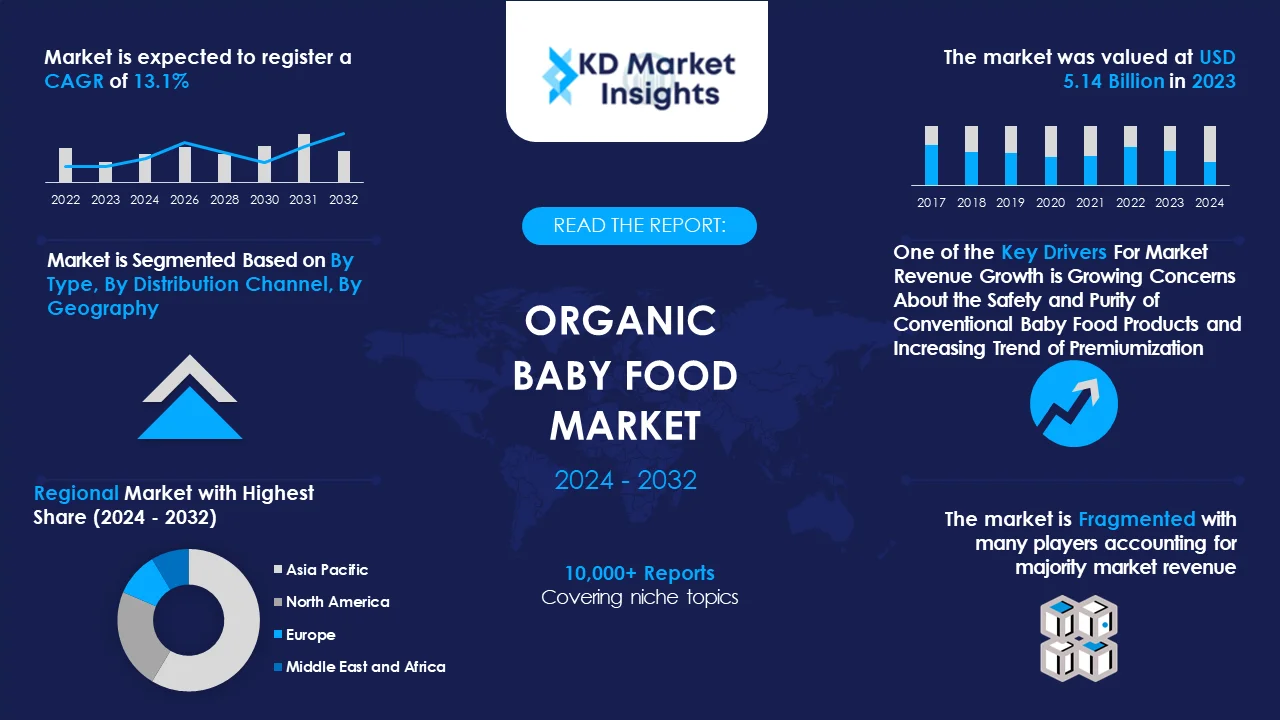 Get More Insights on This Report - Request Free Sample PDF
Get More Insights on This Report - Request Free Sample PDF
Organic Baby Food Market Drivers – Analyst’s Observation
According to the analysts at KD Market Insights, some key growth drivers for the global organic baby food market are:
- Growing Concerns About the Safety and Purity of Conventional Baby Food Products: One another significant factor associated with the growth of the global organic baby food market is the rising demand for natural and clean label products, such as clean label flour, backed by the rising concerns about the safety and purity of conventional baby food products, is resulting in a transition towards natural and clean label alternatives, such as organic baby food. These baby food products are known to have wholesome ingredients and minimal processing, which therefore appeals to the parents who are looking for transparent and trustworthy options for their babies. According to our experts at KD Market Insights, the value generated from clean label food and drink products globally is expected to generate USD 26.3 billion and USD 14.5 billion respectively in the year 2032.
- Increasing Trend of Premiumization: Owing to the increasing disposable income levels among parents globally, particularly in urban areas, the spending on premium and organic baby food products have been on the rise in the recent years. For instance, according to the statistics by the Organization for Economic Co-operation and Development (OECD), the household disposable income in the European Union nations totaled to USD 41,482/capita in the year 2022, up from USD 38,015/capita in the year 2021. Hence, as consumers prioritize health and wellness for their families, they are willing to pay a premium for organic baby food perceived as safer, healthier, and of higher quality, which is projected to drive the market growth.
Which Probable Factors Could Hamper the Growing Organic Baby Food Market Trend?
As per our KD Market Insights analysis, some of the challenges expected to limit the global market growth of organic baby food are:
- High Cost of Organic Baby Food Products: One of the major concerning factors that would restrict the growth of the market in the coming years is the high cost of organic baby food products. These products typically command a premium price compared to conventional baby food products due to the higher costs associated with organic farming practices, certification processes, and sourcing of organic ingredients.
- Limited Awareness About the Availability of Organic Baby Food Products: Due to a lower awareness about these food products among the individuals in several rural or underserved areas, the availability of these food products are limited when compared to conventional baby food products, which is expected to limit the growth of the market.
How is the Global Organic Baby Food Market Segmented?
Our experts at KD Market Insights have segmented the global organic baby food market as:
|
By Type |
|
|
By Distribution Channel |
|
|
By Region |
|
What are the Probable Factors Influencing the Asia Pacific Organic Baby Food Market Forecast?
The Asia Pacific organic baby food market is majorly driven by high birth rate among the countries in the region, such as China and India, which are also known to be the two most populous countries in the world. According to the World Bank, the crude birth rate per 1000 people in China and India stood at 8 and 16 respectively in the year 2021. Several countries in the region are also relaxing on one-child policy that would stimulate the number of newborns in the region, providing the manufacturers of baby food products to develop packaged organic food products to cater to the rising consumer demand. In addition to this, the accessibility and availability of organic baby food products through modern retail channels, such as supermarkets, hypermarkets, specialty stores, and online retailers, is also expected to contribute to the demand for these products in the coming years.
As per our analysts at KD Market Insights, the following five players lead the Asia Pacific organic baby food market growth:
- Bellamy's Organic
- Healthy Times
- Earth's Best Organic
- Little Freddie
- Bubs Australia
|
Key Countries to Watch for in Asia Pacific Organic Baby Food Market |
Key Insights |
|
China Organic Baby Food Market to Register the Largest Regional Market Share in 2032 |
USD 1.6 Billion |
|
India Organic Baby Food Market to Grow with the Highest CAGR During 2024-2032 |
13.8% |
Which Key Players Top the Global Organic Baby Food Market Share?
As per our analysts at KD Market Insights, the competitive landscape of global organic baby food market facilitates our readers in identifying their closest competitors. The manufacturers who are associated with organic baby food market are raising their focus on expanding their presence, as well as their market share. The market has also been witnessing an upward movement in the number of collaborations between research institutions and key players, aimed at introducing advanced technologies and innovation of new products. Here is a list of the key players who top the global organic baby food market share:
- Abbott Laboratories
- Nestlé SA
- Hero Group
- Danone SA
- Amara Organics
- Sun-Maid Growers of California
- North Castle Partners LLC
- Groupe Lactalis
- Hipp Gmbh & Co.
- The Hein Celestial Group Inc.
- Neptune Wellness Solutions (Sprout Organic Baby Food)
What are the Recent Developments Observed in the Organic Baby Food Market?
Over the years, the experts at KD Market Insights have been observing the recent developments associated with global organic baby food market trends. Our expert’s market forecast analysis has recorded the market players adopting plentiful of key strategies including new product launches, mergers & acquisitions, and collaborations.
For instance, Gerber recently stated that it has launched a new line of organic plant-based products that are solely made from plant protein sources.
Further, Sun-Maid Growers shared that it has acquired a premium, organic baby food and kids snack brand, Plum Organics, from is parent company, Campbell Soup Company.

Need Customized Report for Your Business ?
Utilize the Power of Customized Research Aligned with Your Business Goals
Request for Customized Report- Quick Contact -
- ISO Certified Logo -
